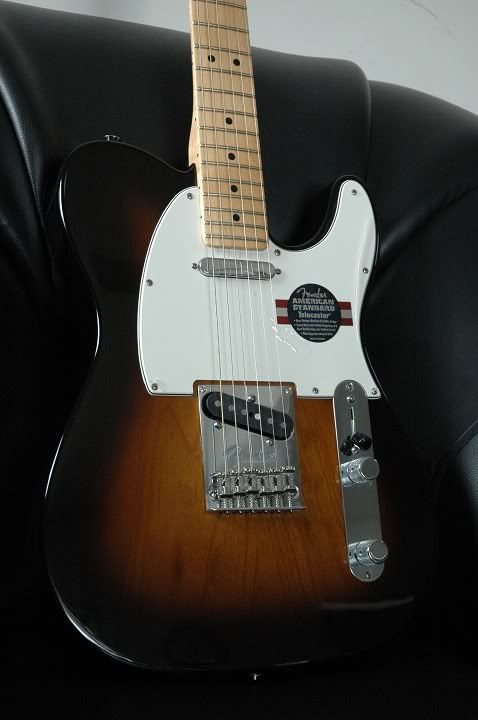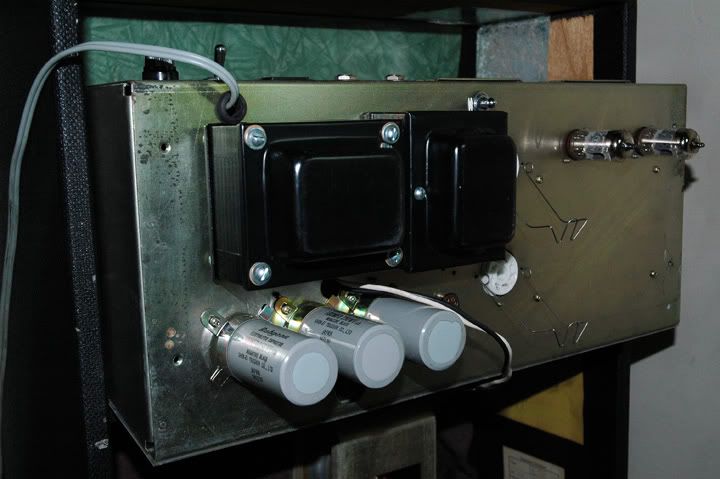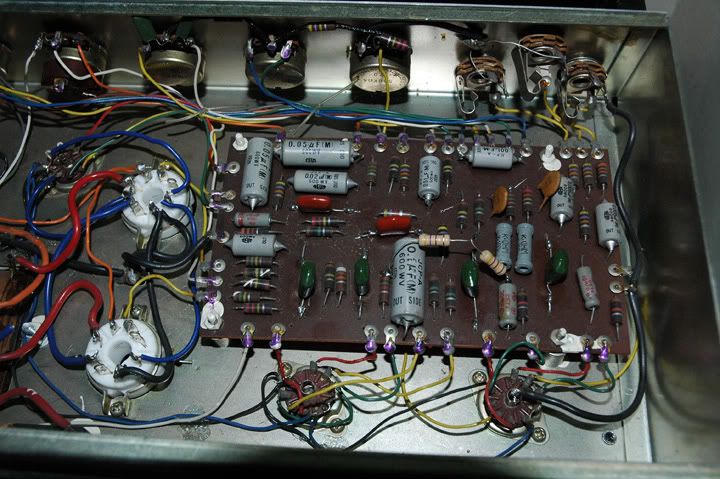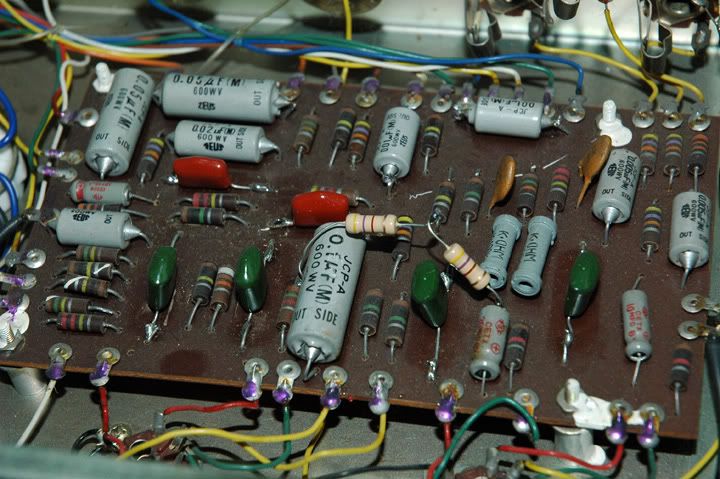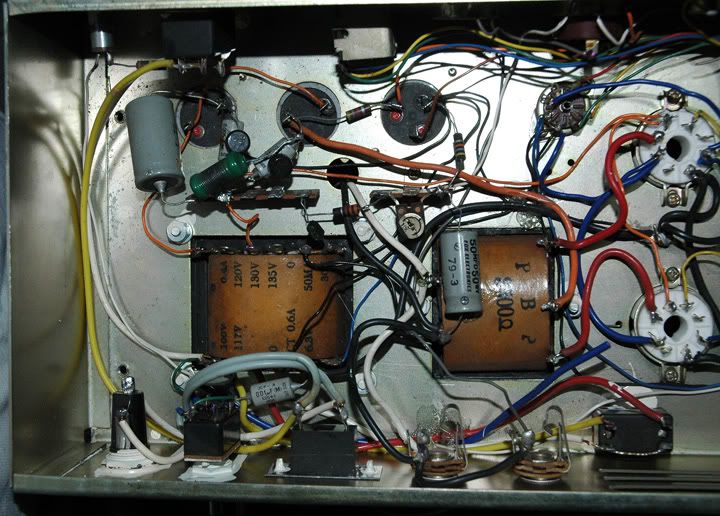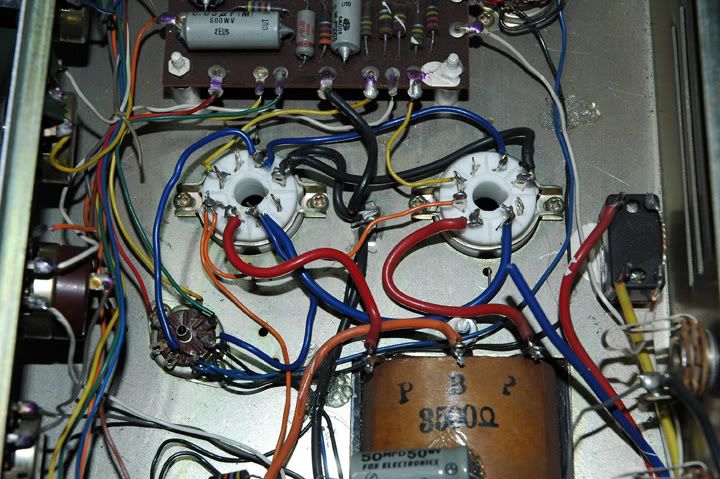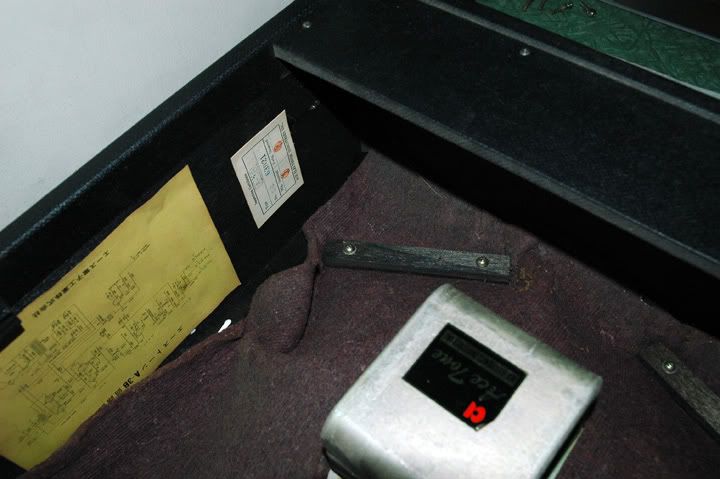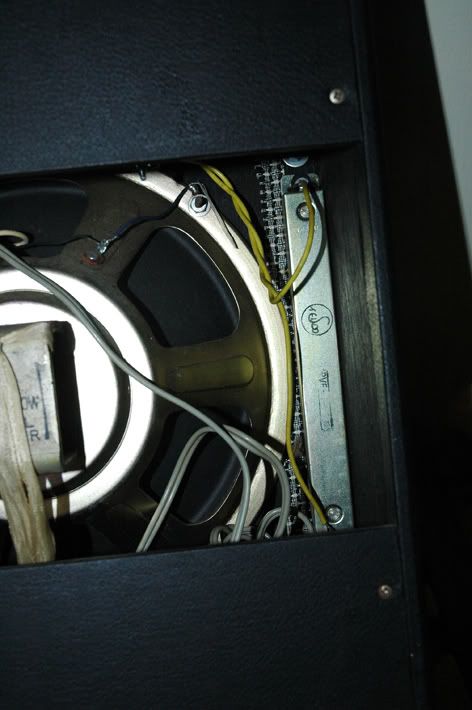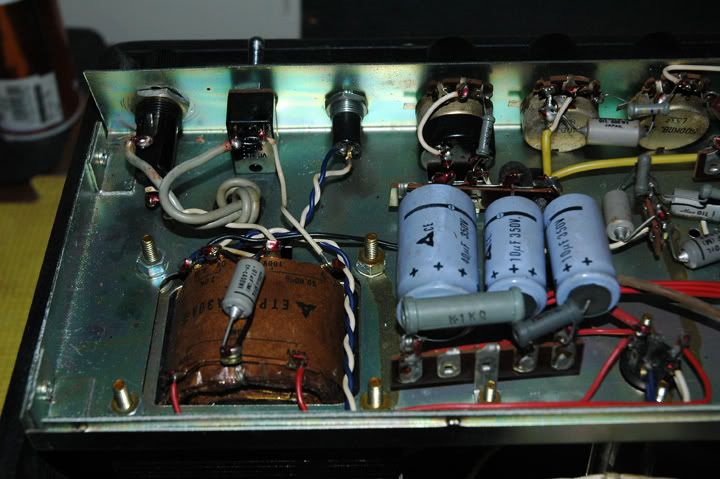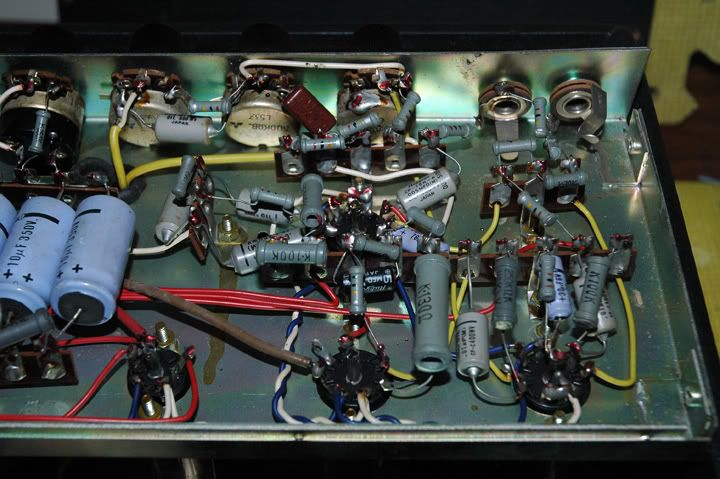'08 Model in Two-Tone Sunburst Finish (Ash)

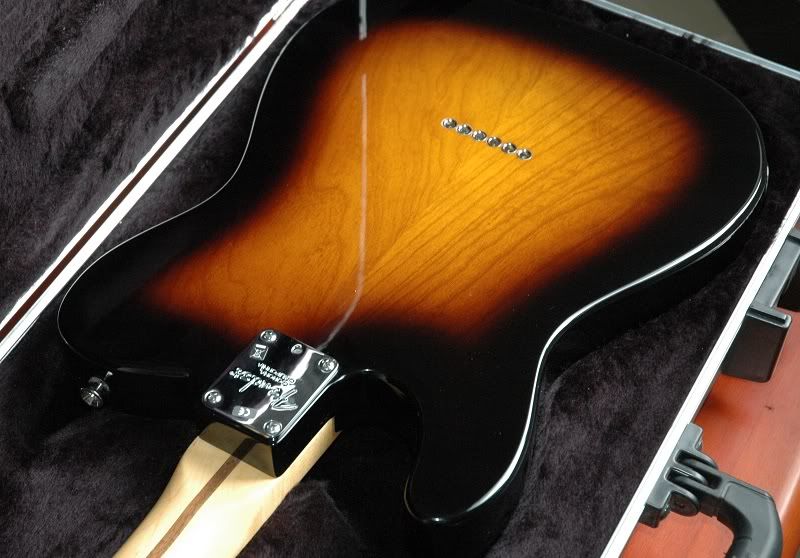
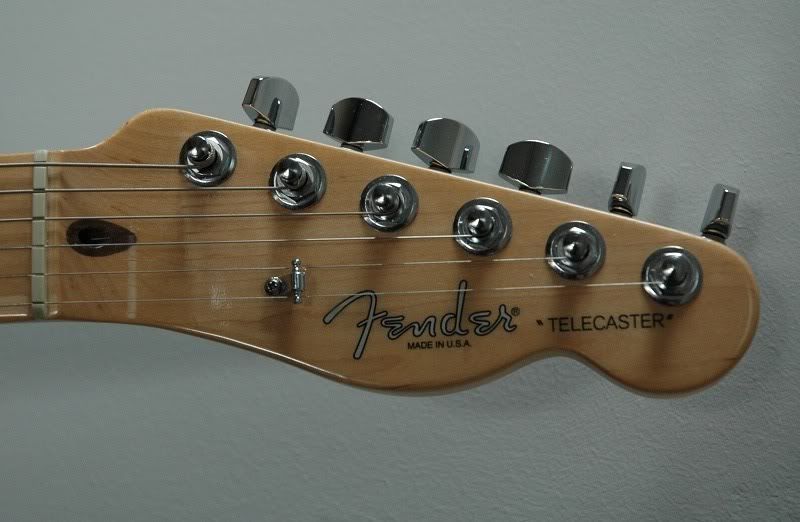
This is one of my dream guitar come true. It is a joy to play and just to look at. The whole guitar is resonant and is satisfying to play even when unplugged.
It answers most of my preference for a guitar when I went looking: Ash body, one piece maple neck, 22 frets, no middle pick-up, and a 2-piece body.
I wanted a guitar different and/or higher spec'ed than my Yamaha SC-800. My Yamaha SC-800 (made in late '70s) has an Alder body, maple neck with striped ebony fretboard, 21 frets, has a middle pickup (strat config), and a 3-piece body.
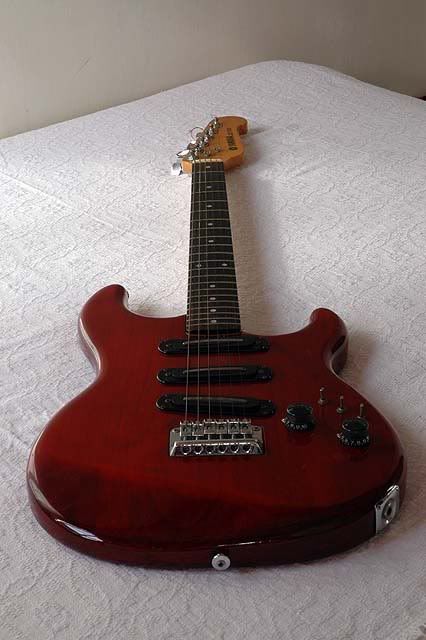

I also prefer transparent finishes like in my Yamaha SC-800 and consider sunburst as one of the more desirable finish. There were a number of 'transparent red' and 'natural' finished ones at that time but only this one 'sunburst'. Those have 3-piece bodies. It was fortunate that the only one in 'sunburst' is a 2-piece.
Many would select a guitar base on tone. I am shallow and tone deaf so this one got selected on the basis of its appearance.
I believe though that this tele is as good tone-wise as any of the same models that were hanging on the wall. The body resonate well and the notes sustain long with a very gradual decay. Fender did pretty well with the design and manufacturing of the '08 American Standard Telecaster.
The neck and body joint is tight and the satin smoothness of the rolled neck ensures great playability.

